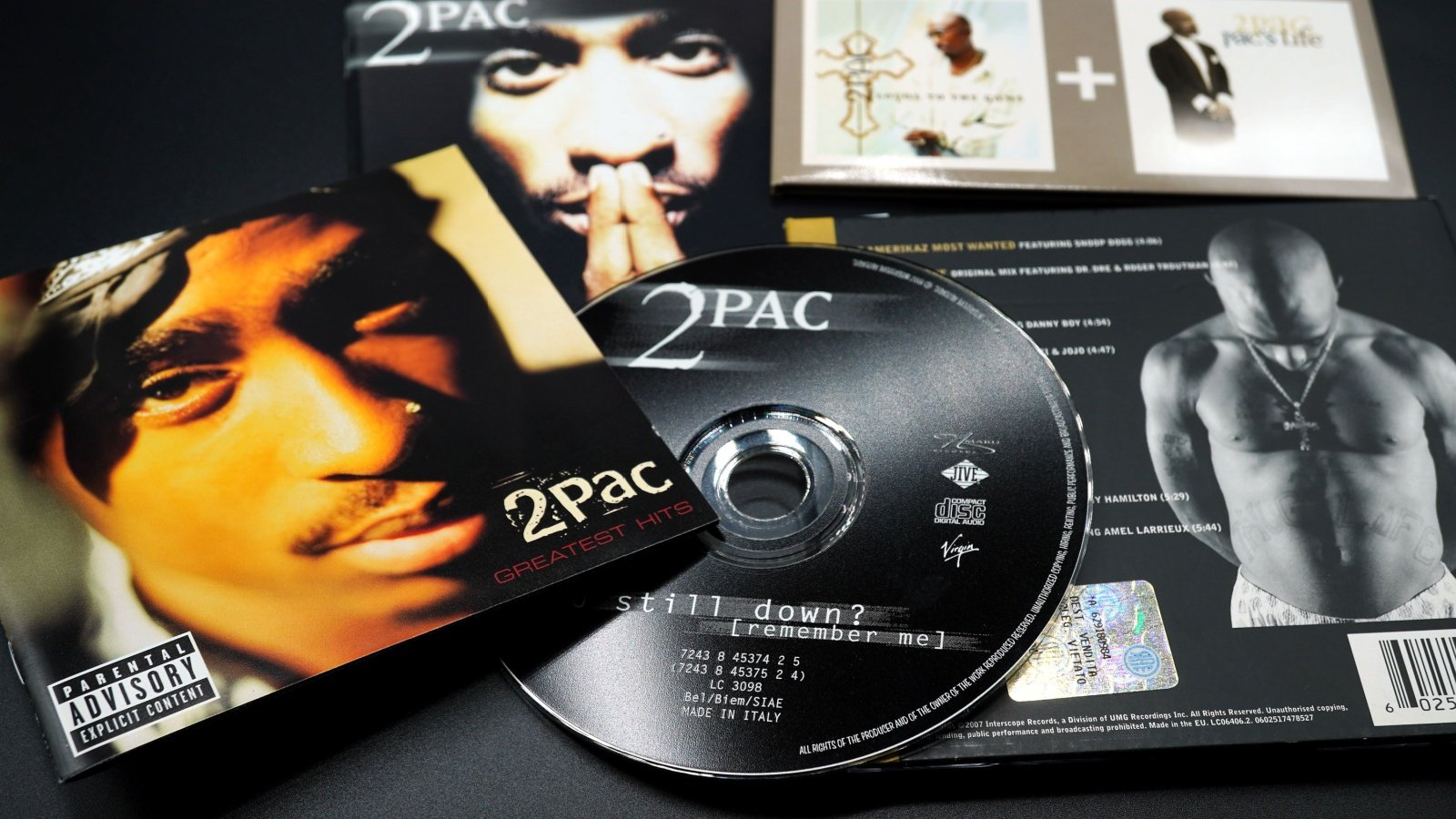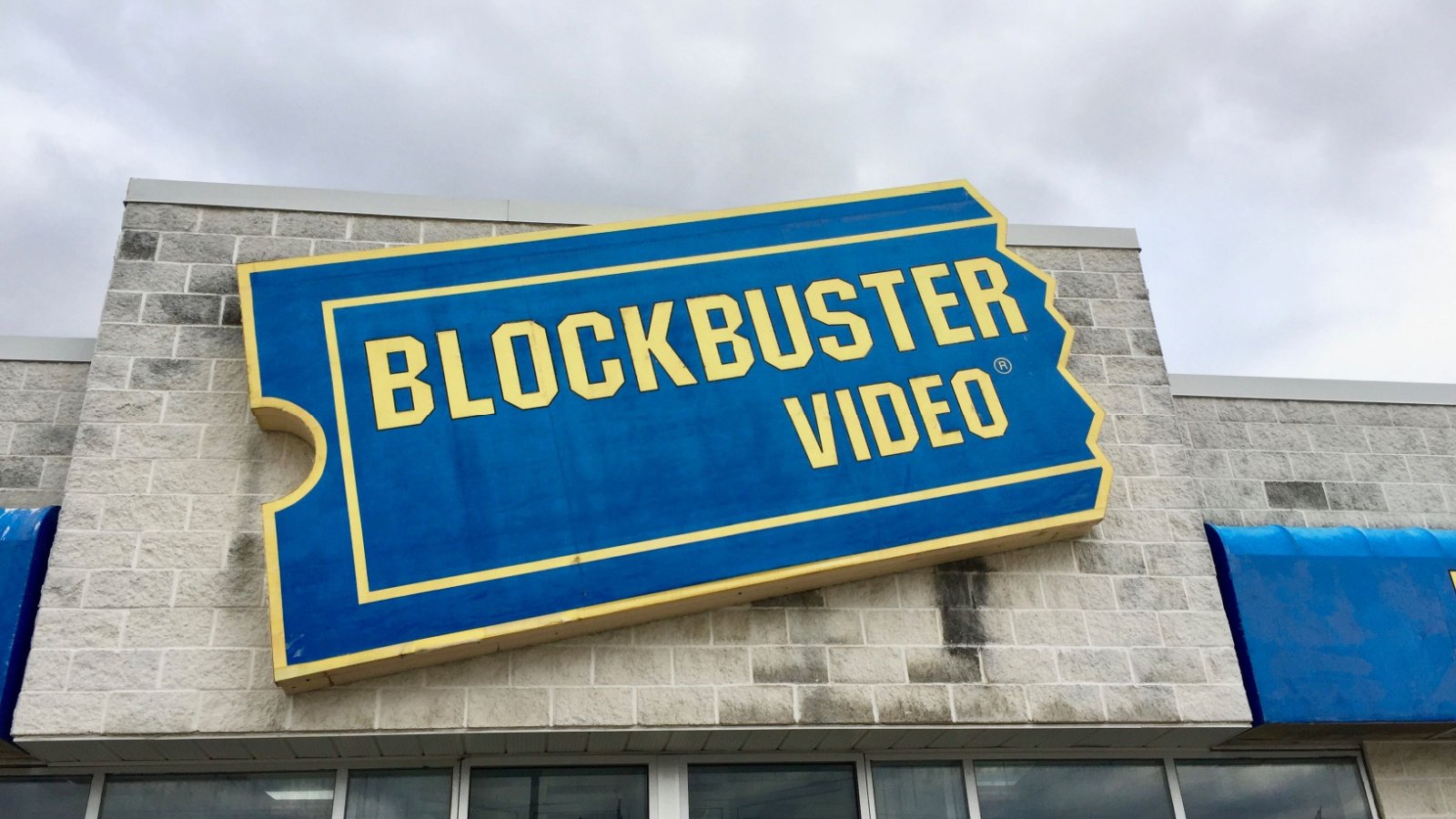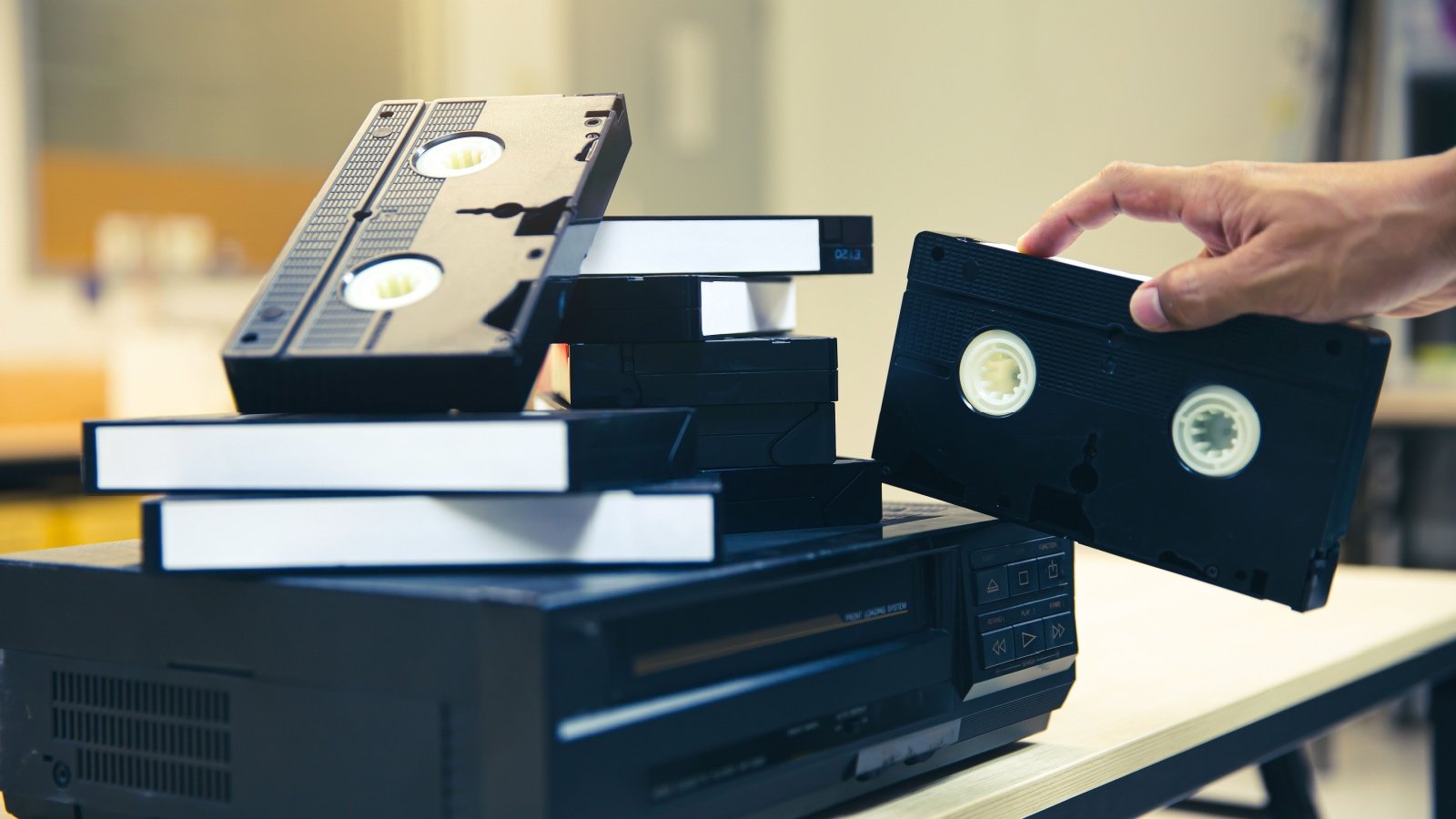In the world of consumer goods and services there’s an element of constant evolution, driven by technological advancements and shifts in consumer preferences.
Products that were once indispensable have become obsolete, bringing in a new era of digital and streamlined alternatives. This transition highlights the disappearance of items that are unable to adapt.
As we explore these once-crucial products now fading into history, we gain insights into the nature of economies and consumer behavior.
DVD Players

Once a household staple, DVD players have seen a sharp decline in sales due to the rise of streaming services like Netflix and Hulu. These platforms offer instant access to a vast array of content without the clutter of physical discs. The convenience and affordability of streaming have largely rendered DVD technology obsolete.
Portable GPS Devices

Portable GPS devices were indispensable for drivers before smartphones integrated free, reliable navigation apps. Companies like Garmin and TomTom have struggled as Google Maps and Apple Maps provide real-time traffic updates and directions at no extra cost. The shift towards smartphone navigation has significantly diminished the demand for standalone GPS units.
Traditional Wristwatches

The advent of smartwatches and smartphones, which not only tell time but also offer numerous other functionalities, has eclipsed the demand for traditional wristwatches among younger consumers. While luxury watch brands retain their allure, everyday watch manufacturers have seen a downturn. This shift reflects trends toward multifunctional digital devices.
Print Magazines and Newspapers

The digital revolution has significantly impacted the print media industry, with many publications experiencing a steep decline in physical sales. Consumers increasingly prefer digital news due to its immediacy and the proliferation of free content online. This trend has forced numerous print outlets to either adapt to a digital model or face closure.
Incandescent Light Bulbs

Incandescent light bulbs have fallen out of favor due to their inefficiency compared to LED and CFL bulbs, which offer longer life spans and lower energy consumption. Regulatory changes have also hastened their decline, with many countries phasing out their sale to promote energy conservation. Lighting companies have had to pivot towards more sustainable technologies or risk obsolescence.
Landline Telephones

As cell phones have become ubiquitous, the necessity for landline telephones has drastically decreased. Residential and business customers are discontinuing landline services, impacting providers like AT&T and Verizon. This trend highlights the shift towards mobile and VoIP technologies that offer more functionality and flexibility.
Fax Machines

Once essential in business communications, fax machines have become outdated due to the advent of email, online document sharing, and digital signature technology. Companies that relied heavily on the manufacture and sale of fax machines have had to diversify their product lines or face diminishing returns. This decline mirrors the move away from analog to digital communication technologies.
Point-and-Shoot Cameras

The improvement of smartphone cameras has decimated the market for traditional point-and-shoot cameras. Consumers prefer the convenience of a multi-use device over carrying a separate camera for casual photography. Camera companies like Canon and Nikon have shifted their focus towards professional-grade equipment and mirrorless technology in response.
Physical Music Media

CDs and other physical music media have seen a dramatic decline with the rise of music streaming services. These platforms provide on-demand access to vast music libraries for a subscription fee, often free with ads. Music retailers and manufacturers have struggled as physical sales have plummeted.
Desktop Computers

The increasing versatility and power of laptops, tablets, and smartphones have led to a decline in the popularity of traditional desktop computers for everyday use. While still prevalent in professional and gaming environments, mainstream consumers are opting for more portable options. Computer manufacturers are adapting by focusing on innovative, space-saving designs and enhanced capabilities.
Manual Tools

Power tools have largely replaced manual tools in both professional and home settings due to their efficiency and ease of use. This shift has challenged companies that specialize in traditional hand tools, forcing them to innovate or incorporate power tool lines. The manual tool market now caters mainly to purists and specific trades where precision and control are paramount.
Analog Watches

The functionality offered by digital watches and smartwatches has overshadowed traditional analog watches, which are often viewed as less practical. Watchmakers specializing in analog timepieces have faced a market contraction, particularly in the mid-price range. Luxury segments remain relatively stable, supported by consumers valuing craftsmanship and tradition.
Video Rental Stores

The last decade has witnessed the virtual extinction of video rental stores due to online streaming and on-demand video services. Blockbuster, once a market leader, is now a case study in business adaptation failure. The rapid pace of digital transformation in entertainment consumption continues to challenge traditional business models.
Paper Maps

With digital maps available on every smartphone, the demand for paper maps has dwindled, impacting publishers and retailers. The convenience of GPS and the ability to update digital maps in real time have made traditional maps a niche product. Cartography companies have pivoted towards digital products or specialized decorative or educational markets.
VCRs

The VCR has become a relic as DVDs, and then streaming media have taken over the market for video playback. Production ceased as consumer demand shifted to more advanced recording and playback technologies. The rapid evolution of media formats highlights the importance of adaptability in technology sectors.
Pagers

Once a critical tool for on-the-go communication, particularly in the medical field, pagers have been replaced by mobile phones and smartphones with more advanced capabilities. The decline of this technology has been so significant that remaining pager services are often maintained only for very specific professional uses. Companies that once thrived on pager technology have either adapted to new markets or ceased operations.
Checkbooks

As digital payment methods like credit/debit cards, online banking, and mobile wallets grow in popularity, the use of physical checkbooks is on the decline. Financial institutions are investing more in digital payment infrastructure, which is considered more secure and convenient for users. This trend is reshaping the banking industry, pushing it towards a less paper-dependent future.
Yellow Pages and Phone Books

The ubiquity of online search engines and directories has rendered printed phone books and Yellow Pages obsolete. Advertisers have shifted their budgets to digital platforms where they can reach a targeted audience more effectively. Publishers have either transitioned to online services or phased out their print operations altogether.
Typewriters

The rise of personal computers and word-processing software has all but eliminated the market for typewriters. Collectors and niche markets exist, but mainstream production has stopped. Typewriter manufacturers have either closed down or transformed their business models to survive in a digital age.
Cable TV Subscriptions

As streaming platforms gain popularity, traditional cable TV subscriptions are seeing a significant decline. Consumers prefer the flexibility and breadth of content available through streaming services, often at lower costs. Cable providers are being forced to reconsider their packages and services to retain customers.
Newspapers

The shift from print to digital media has significantly impacted newspaper sales. Readers increasingly turn to online platforms for real-time, interactive news coverage. Newspaper companies are focusing on digital editions to capture the changing audience demographics.
Alarm Clocks

The functionality of smartphones includes alarm features, leading to a decrease in the use of standalone alarm clocks. The convenience of having a multipurpose device has overshadowed the single-function alarm clock. Alarm clock manufacturers are innovating with features like sleep tracking to maintain relevance.
Home Phones

As cell phone coverage and plan affordability improve, the need for a separate home phone has diminished. Many households now rely solely on mobile phones for telecommunications, rendering the traditional landline obsolete. This trend has reshaped the telecommunications industry, focusing on mobile and internet services.








